Is Electricity A Clean Energy Source?
Our headline could be answered several ways, but with regard to cars, the answer is “yes,” electricity is environmentally cleaner when energizing electric vehicles and plug-in hybrids compared to gasoline or diesel choices.
This however really says a lot about the high efficiency of batteries driving electric motors, because as government and advocacy groups have observed, production of electricity still pollutes the soil, water and air, including with greenhouse gases.
But even with a U.S. grid that recent estimates say utilizes coal for 37 percent of power generation, plug-in electrified cars more often do beat internal combustion engine vehicles.
Of course total well-to-wheel emissions for “zero-emission vehicles” do depend upon where you recharge, but in a worst-case scenario, if coal were the only source, estimates say a Nissan Leaf would about equal a 30 mpg gas-powered car.
Perhaps this is how Nissan’s CEO and EVangelist Carlos Ghosn justified his statement from a few years ago.
“Even if you could use electricity only from coal,” said Ghosn, “you’re still better off using an electric car than using gasoline.”
Ghosn’s statement about a hypothetical pure-coal grid is only true comparing EVs to gas-powered cars yielding under 30 mpg – and some conventional cars and hybrids do exceed 30 mpg – but fortunately even coal-intensive grids mix in cleaner sources.
To put a finer point on the actual state of affairs, in 2012 the Union of Concerned Scientists analyzed the U.S. grid, breaking it out by regions, and looking at electric cars’ efficiencies on the whole.
The study focused on greenhouse gas emissions but as the UCS noted also, we’d be remiss not to mention a lot of other nasty byproducts – what economists call “externalities” – are produced by various electricity-producing sources.
Just some of the other stuff includes acid-rain causing sulfur dioxide, smog-forming nitrogen oxide, particulates that induce asthma, and other toxins that attack human and animal health.
But all told, after assessing their cost/benefit equation, the UCS reiterated its advocacy of battery-powered cars as the cleanest compromise in a dirty world.
“Nearly half (45 percent) of Americans live in BEST regions—where an EV has lower global warming emissions than a 50 mpg gasoline-powered vehicle, topping even the best gasoline hybrids on the market,” wrote the UCS.
And, 38 percent of Americans “live where an electric vehicle has the equivalent global warming emissions of a 41 to 50 mpg gasoline vehicle.”
Beyond this, about 17 percent of Americans live “where an electric vehicle has the equivalent global warming emissions of a 31 to 40 mpg gasoline vehicle.”
What Does This Imply?
There are several cost-savings and quality of life reasons to buy a plug-in car beyond its greenhouse gas profile. If your goal however is contributing to a cleaner environment, you might want to examine your local grid – assuming you don’t power from your own on-site renewable sources, such as solar.
Automakers and the U.S. EPA like to speak in national average terms in declaring the benefits of electric cars. But, if you live in Los Angeles, the Rockies, New York, or Montana, a zero emissions car powered by not-zero-emissions electricity will affect the net environmental cleanliness score, as it were.
Regional grids have their electricity produced by a number of “feedstocks,” and these vary widely on the scale of cleanest to dirtiest.
Resources making up regional grids include: coal, natural gas, nuclear, oil, municipal solid waste, hydroelectricity (water), and renewable sources including solar, geothermal, biomass, landfill gases and wind.
Want to know how your grid stacks up? The EPA has a “Power Profiler” to enter a zip code and utility provider to show what sources your electricity is derived from compared to the national energy source profile.
You may have heard “the grid is getting cleaner” year by year, and this is true, as “dirty” sources (like old coal-powered plants) go offline, and are replaced by cleaner power supply sources.
The 2012 UCS study cited U.S. government stats from 2010 showing coal comprised 45 percent of all power generation on a national average basis. U.S. government stats now available show by 2012 it was at 37 percent.
It’s a big country, with many stakeholders, so we’re not stating unequivocally what the breakout is today, but policies and activism are pushing for a cleaner grid.
Energy Supply Matters
The main concerns we usually hear about transportation-related energy are over greenhouse gases and climate change, but curbing this and moving toward clean renewable energy makes sense on many levels. These include shaping the kind of world we wish to leave to future generations, and even chances of survival for the human race.
As mentioned, greenhouse gas produced in electricity generation varies very widely by source. This data can be parsed a lot of ways, but looking at electric cars, the UCS figured how many miles per gallon a gasoline-powered vehicle would need to achieve to equal an EV’s global warming emissions.
As you can see from the chart below, coal-derived electricity is about on par with a 30 mpg car, oil-derived electricity equals a 32 mpg car, and natural gas-derived electricity jumps up to 54 mpg equivalency.
After this, cleaner sources are off-the-charts efficient when used to generate electricity for plug-in cars.
Imagine buying a gasoline-powered car, and the window sticker said “3,900 mpg.” Today a first-generation plug-in car powered purely by wind energy would theoretically return that level of energy efficiency and decreased emissions.
In April 2014, the average fuel economy on window stickers of new vehicles sold in the U.S. was 25.2 mpg according to the University of Michigan Transportation Research Institute.
As noted, at their worst, EVs tend to out-do most cars, but there is plenty of room to improve the grid.
One account estimates coal contributes 81 percent of the carbon dioxide emissions and 94 percent of the emissions of sulfur dioxide.
According to Greenpeace, when considering climate change, coal is public enemy number one.
“Coal fired power plants are the biggest source of man made CO2 emissions,” says the watchdog group. “This makes coal energy the single greatest threat facing our climate.”
That’s a strong statement, and it’s the kind of thing that gets activists fired up. In March, a Guardian article co-authored by Felix Kramer and Gil Friend floated the proposition of buying the entire U.S. coal industry for $50 billion, then systematically phasing it out over a decade.
They figure it would be a good deal for billionaire philanthropists to hasten an antiquated energy source to an early end. By their reckoning, coal takes a far more expensive toll in environmental, animal, and human health estimated to cost “$100 billion a year in a 2010 National Academy of Sciences report to $345 billion a year in a 2011 Harvard Medical School study.”
Then there’s that other major energy source the U.S. is now courting, natural gas.
You may also have heard America is “awash” in “clean natural gas?” It does burn clean, but is mainly methane which finds ways of escaping into the atmosphere during (itself controversial) fracking by leaks, intentional venting, and flaring. Methane gas is estimated to be 105 times more potent a greenhouse gas than CO2.
“[R]ecent studies comparing the entire fuel cycles of gas and coal conclude that gas is just as bad, and may even be worse than coal when it comes to total greenhouse gas emissions,” said Greenpeace.
Of course proponents point to new jobs, energy security, and benefits to natural gas, and even opponents have called natural gas the “least worst” among stopgap sources, but this is a topic you may wish to look into more deeply.
Clean, Cleaner, and Cleanest
A full dissertation on energy is beyond this article’s scope, however if it’s true that one is “either part of the problem or part of the solution,” then evidence suggests electric vehicles are within qualified terms part of the solution.
Does this mean they are perfect, and harmless as daffodils in the meadow? No. But it’s not as much the car’s fault as the pre-existing grid’s.
Comparing their energy source to petroleum vehicles now in use, they look pretty clean.
The U.S. fleet of aging gasoline-powered cars – which many individuals are holding onto longer – are already more polluting. And even new cars with high-tech engines, and emission controls and which may average low 40 mpg under federal rules by 2025 are already surpassed in most cases by EVs even with a grid powered in large part by coal.
EVs and plug-in hybrids running on electricity are themselves zero emission and as the grid gets cleaner, so will be their net output.
Most advocates and government agencies agree the long-term solution to make electricity truly “clean” is for a continued push for cleaner power generating sources.
Every source has its pros and cons, including nuclear, which itself is clean, but sticky problems include radioactive waste, costs, political obstacles, and more.
Presently, non-hydro renewable energy sources appear to offer the greatest environmental benefits but are the least-utilized. Today they may comprise less than five percent of the nation’s supply and certainly have upward potential.
Increased reliance on these in years to come will make the electricity used to power cars – and so much else including the device you’re probably reading this on – cleaner.
More by Jeff Cobb




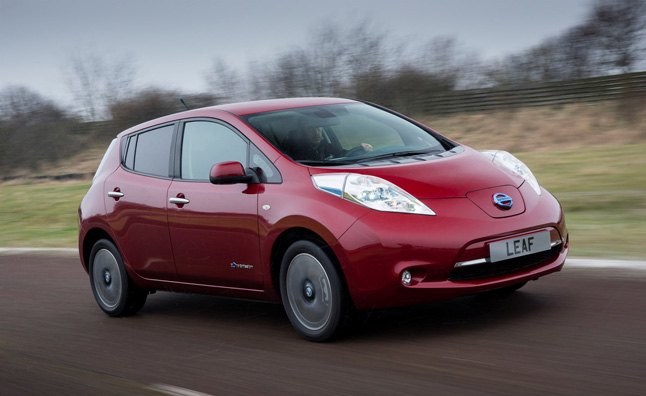




















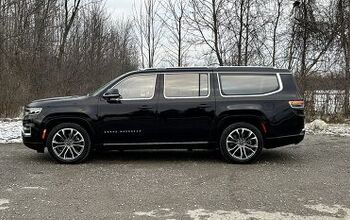
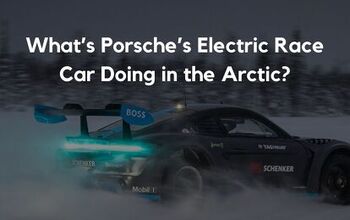
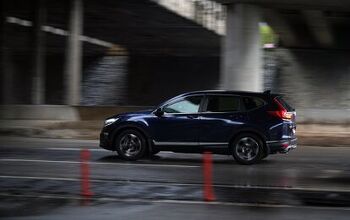
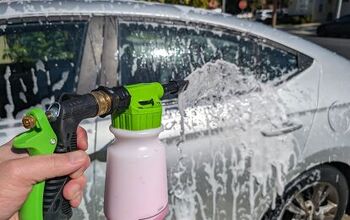
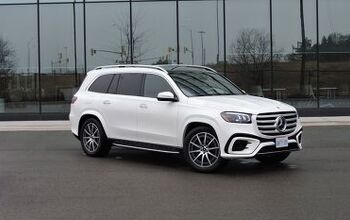





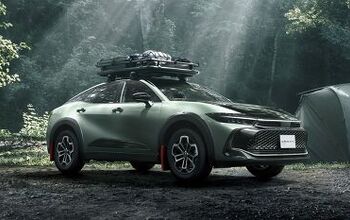




Comments
Join the conversation